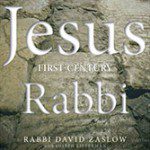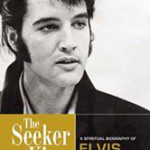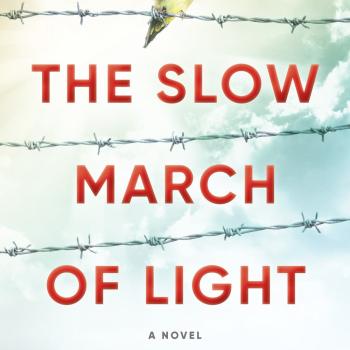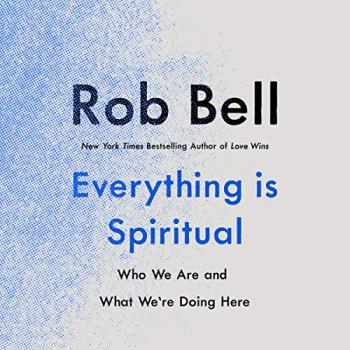 The first century is a time whose stories evoke controversy as perhaps no other period in the history of religion. Who was “the real” Jesus? The answer to that question has altered loves for better and for worse until our very day. So a book like Jesus: First Century Rabbi, by Rabbi David Zaslow, which tries to answer the question, demands serious attention.
The first century is a time whose stories evoke controversy as perhaps no other period in the history of religion. Who was “the real” Jesus? The answer to that question has altered loves for better and for worse until our very day. So a book like Jesus: First Century Rabbi, by Rabbi David Zaslow, which tries to answer the question, demands serious attention.
His work actually continues a recent trend of books trying to better understand who Jesus was, by placing him in the context of 1st century Judaism. Rabbi Zaslow’s effort is a particularly accessible and loving work, which will bridge a gap felt by both some Christians and Jews.
Whether one agrees with his analysis or not, the spirit in which the book is written is a beautiful lesson for much interfaith encounter. His animating premise is that contemporary Christianity and Judaism share a common narrative far richer than many in either camp often appreciate, and that each can better understand both their own story and the other’s, when they more fully appreciate that shared narrative.
About this last conclusion, the author is certainly correct, but his use of “root/branch” or “elder sibling/younger sibling” metaphors to describe Judaism and Christianity are more problematic, and actually lead to some potential problems in building the most fruitful and durable inter-religious encounters.
While both most Jews, and many Christians, appreciate the apparent advantage of treating Judaism as the elder tradition, as the author does, it is not exactly true. In fact, rabbinic Judaism and Christianity co-arise at roughly the same time i.e. the first century.
The challenges with applying the “root/branch” metaphor are most apparent in the book when we read citations from texts in the so-called root tradition, Judaism, which are younger than those found in the so-called branch tradition, Christianity. Not to worry too much though, as those are not the only available metaphors in thinking about how these two traditions are related to each other.
Perhaps more productive, would be thinking of both Rabbinic Judaism and Christianity as twin children of a common mother — the Hebrew Bible. While that metaphor may offer some unique challenges to both communities, it better represents the actual history of each tradition, and may also help explain some of the enormous pain that has arisen between the two over the centuries. That however, is for another time.
I would offer two additional cautionary notes, also based on the book, in the hope of maximizing the encounters which this book helps to facilitate:
1. The Jesus of this book is so much the one with whom the author can identify, that it reminds us to be careful that our bridge-building efforts actually bridge us to more that who we already are, and who we want those we find on the other side to be. The richest bridge-building efforts invite us to connect even when those across the bridge are genuinely different from us.
2. The same book which so lovingly “saves” Jesus as a good rabbinic Jew, may do so by crucifying Paul, his best known evangelist. It’s a common enough challenge, which most of us face at some time or another — making peace with an old challenger by locating a new person on who to park all of the old enmity. While Rabbi Zaslow’s book may not go that far, at times it comes close, and in doing so reminds us how easy it is for even those of us with the very best of intentions to find ourselves making new friends by identifying new foes.
Ultimately though, this is a beautiful book, and when read as an example of how to see what we love most in ourselves as being deeply present even with others, it deserves the attention of all people whose love of God and humanity is as deep as their love of the particular faith they follow.
To read an excerpt from Jesus: First-Century, visit the Patheos Book Club here.













